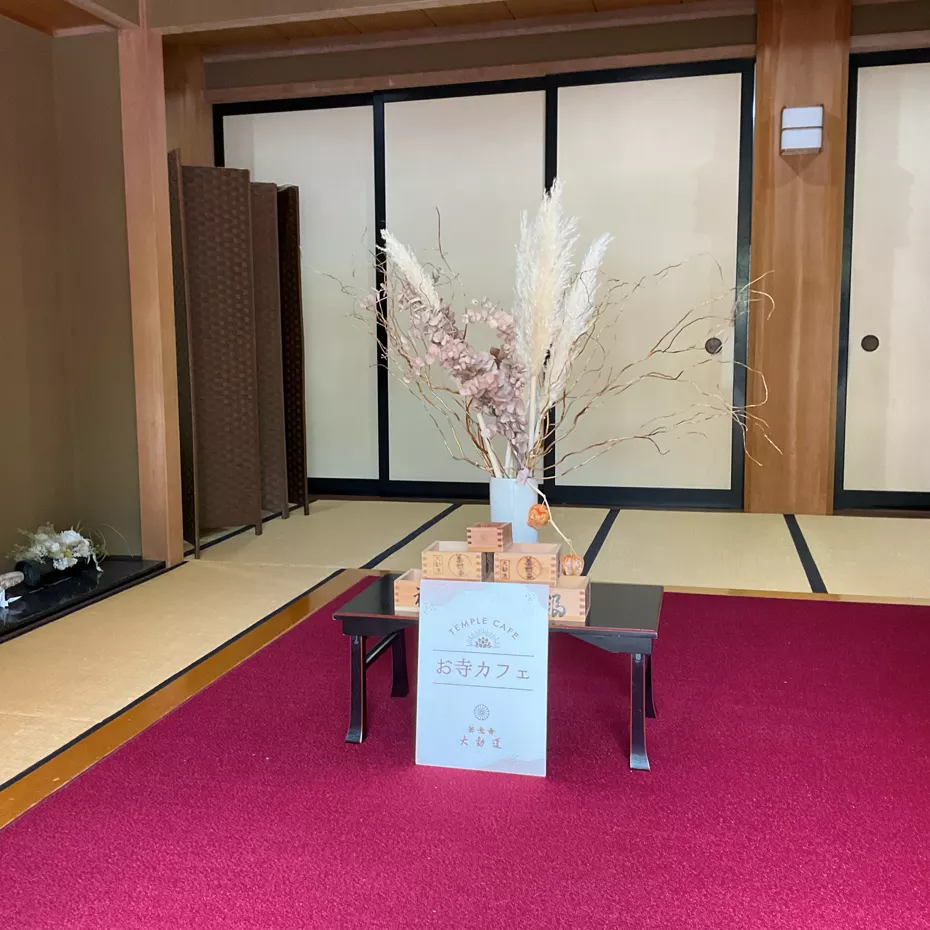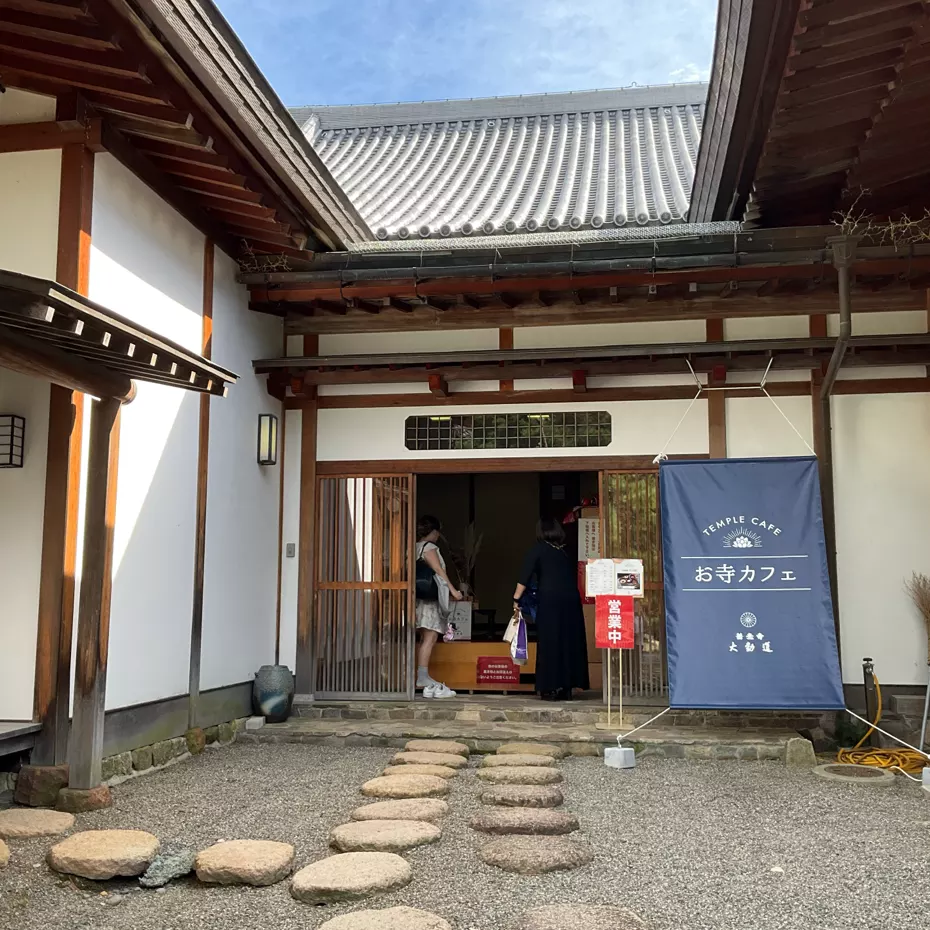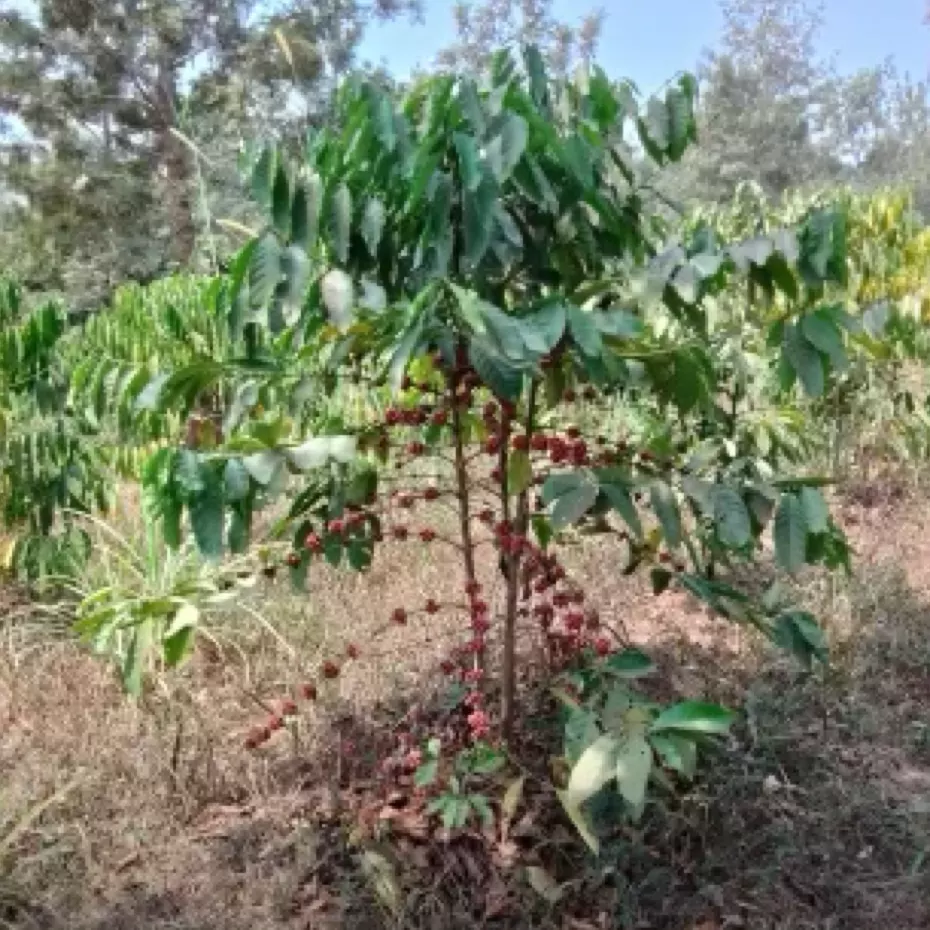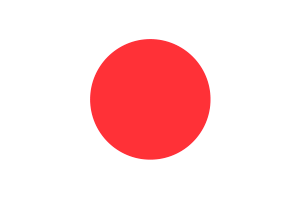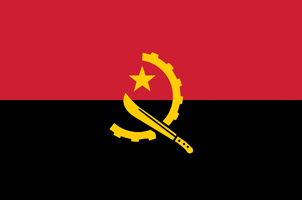Zenkoji Daikanjin Café de Angola
2025 - 50th Anniversary of Independence Special Collaboration: Zenkoji Daikanjin x Planning EME x Cafe de Angola by PCG.
This is Artisanal Coffee Good for European espresso and cafe con leche.
Come to drink a cup of coffee with us! @Temple Cafe, Zenkōji temple..
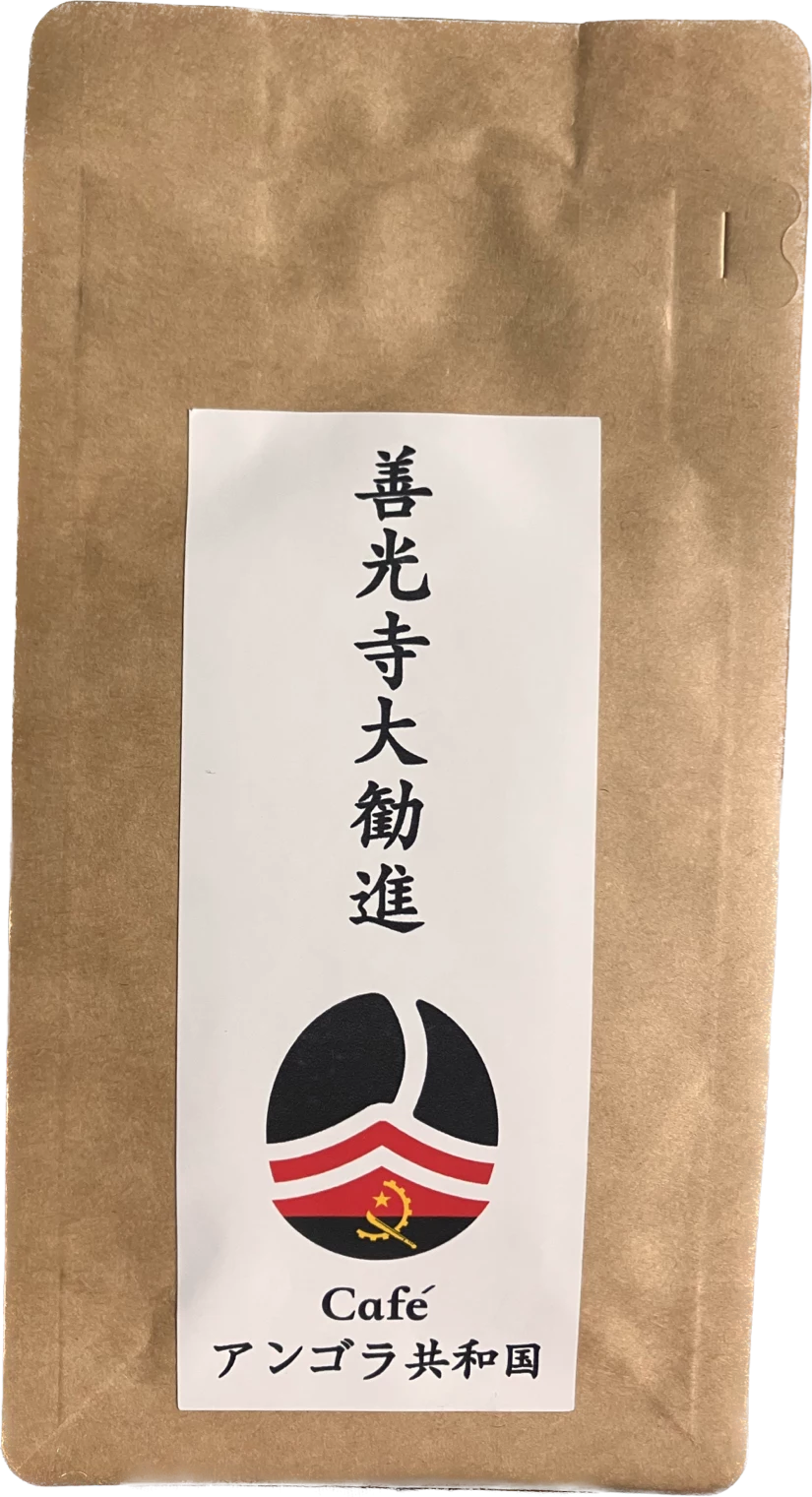
Our Story
The first arrival of coffee from the Republic of Angola. This coffee is recommended for those who want to try authentic European coffee, and those who want to increase their concentration with a punchy coffee. It is also recommended for those who want to drink espresso and cafe latte as they drink in Italy, Spain, France, and Belgium.
In this project, in order to cooperate in training coffee farmers in Angola, Zenkoji Daikanjin and Planning Aime will cover part of the cost of selling coffee packages. If any profits are made, a part of the profits will be used for technical training of coffee farmers by local NGO Angoavi.
In the early 1970s, Angola was the world's third or fourth largest coffee producer by export volume. The quality of the coffee was highly rated, especially in the European market, and it sold well. During the civil war (1975-2002), the distribution network collapsed, making it impossible to maintain the farms. In recent years, the country has been trying to revive coffee production, but coffee is still rare.
Angola's land area is about 3.3 times that of Japan, and coffee is cultivated in 11 of its 18 provinces. With an ideal topography and climate for coffee production, each region produces coffee with a unique aroma and internationally recognized quality.
The National Coffee Institute of the Republic of Angola (Ministry of Agriculture and Forestry) provides technical guidance on production and processing. All processes are mainly done by hand.
The Cafe de Angola Project by PCG, in cooperation with the National Coffee Institute (Ministry of Agriculture and Forestry) of the Republic of Angola, planned and supported a tasting event hosted by the Angola Embassy in October 2024 as part of the Ministry of Foreign Affairs' "Angola Coffee: Connecting the Cultures of the World" initiative. Coffee from Angola was well received by Japanese roasters and restaurant professionals. (References: Maebashi Shimbun Mebuku, Jomo Shimbun (October 30, 2024), Embassy of Angola in Japan)

How To Drink:
You can use an espresso machine or enjoy a rich coffee using the drip method. By adding hot water (50ml-100ml), you can also brew a rich and smooth coffee.
Team Café de Angola
Ermenio Lemos Himuhiko Haufiko
Logistics Coordinator
Born in Kunene Province on the border with Namibia, and raised in Huila Province. At the age of 16 on February 16, 2001, during the civil war, he moved to the capital, Luanda, to look for work. "February 16, 2001, is a special day for me. I had no place to live in Luanda at the time. At that time, I slept on the streets and washed cars parked on the road to buy food. Today, I have a family (three children and a wife) and I thank God for giving me strength."
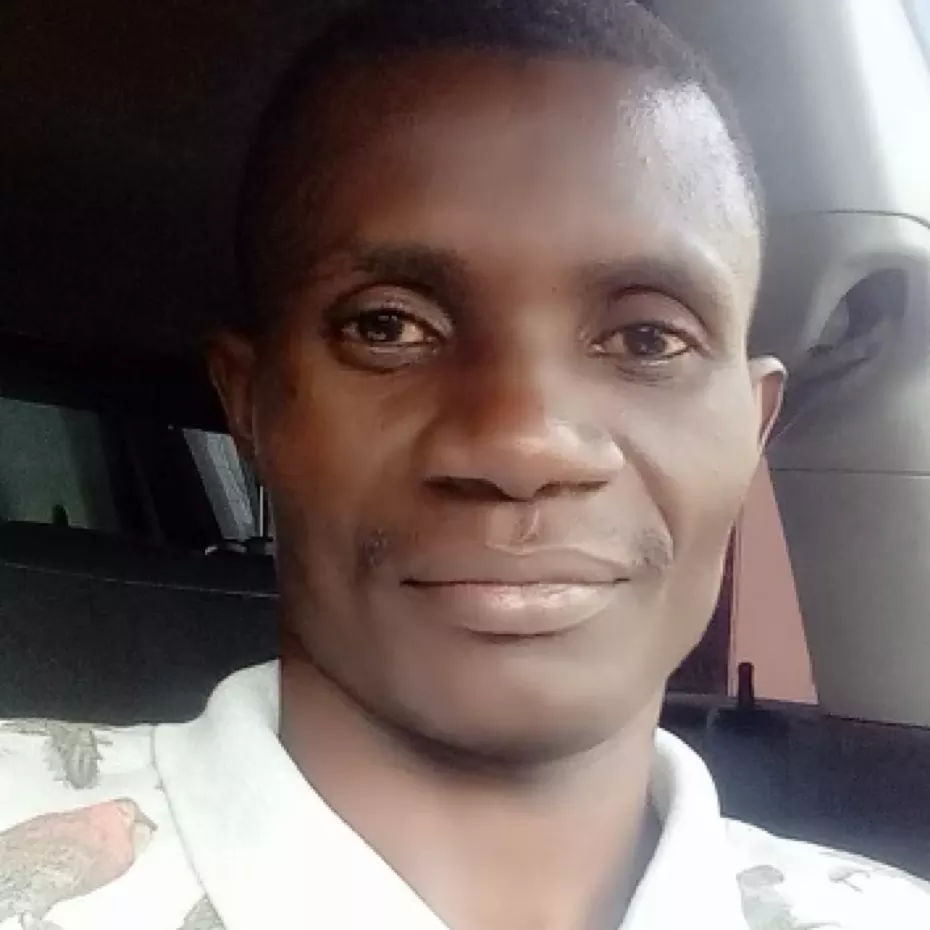
Jared Ramirez
Supporter
Jared has been supporting PCG and the previous social work done by the owner of PCG. designed the logo and collaborated on package design.

